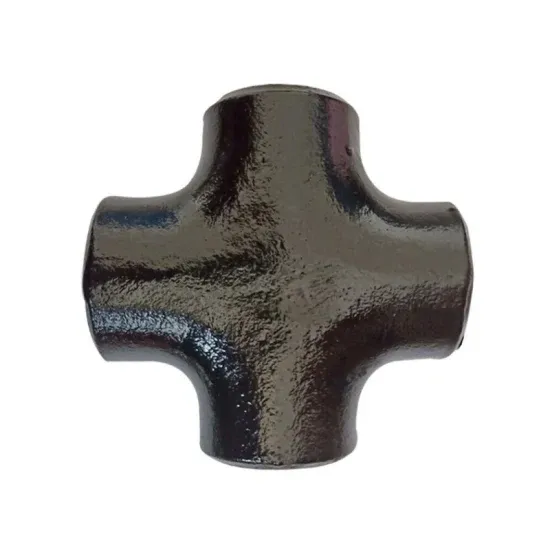-
Cangzhou Yulong Steel Co., Ltd.
-
Phone:
+86 13303177267 -
Email:
admin@ylsteelfittings.com
- English
- Arabic
- Italian
- Spanish
- Portuguese
- German
- kazakh
- Persian
- Greek
- French
- Russian
- Polish
- Thai
- Indonesian
- Vietnamese
- Zulu
- Korean
- Uzbek
- Hindi
- Serbian
- Malay
- Ukrainian
- Gujarati
- Haitian Creole
- hausa
- hawaiian
- Hebrew
- Miao
- Hungarian
- Icelandic
- igbo
- irish
- Japanese
- Javanese
- Kannada
- Khmer
- Rwandese
- Afrikaans
- Albanian
- Amharic
- Armenian
- Azerbaijani
- Basque
- Belarusian
- Bengali
- Bosnian
- Bulgarian
- Catalan
- Cebuano
- China
- China (Taiwan)
- Corsican
- Croatian
- Czech
- Danish
- Esperanto
- Estonian
- Finnish
- Frisian
- Galician
- Georgian
- Kurdish
- Kyrgyz
- Lao
- Latin
- Latvian
- Lithuanian
- Luxembourgish
- Macedonian
- Malgashi
- Malayalam
- Maltese
- Maori
- Marathi
- Mongolian
- Myanmar
- Nepali
- Norwegian
- Norwegian
- Occitan
- Pashto
- Dutch
- Punjabi
- Romanian
- Samoan
- Scottish Gaelic
- Sesotho
- Shona
- Sindhi
- Sinhala
- Slovak
- Slovenian
- Somali
- Sundanese
- Swahili
- Swedish
- Tagalog
- Tajik
- Tamil
- Tatar
- Telugu
- Turkish
- Turkmen
- Urdu
- Uighur
- Welsh
- Bantu
- Yiddish
- Yoruba

Oct . 06, 2024 03:54 Back to list
grooved and threaded fittings
Understanding Grooved and Threaded Fittings in Modern Plumbing
In the realm of plumbing and piping systems, the choice of fittings is crucial for the integrity and efficiency of any installation. Two common types of fittings—grooved and threaded—each serve distinct purposes and offer unique advantages. Understanding these fittings is essential for designers, contractors, and maintenance personnel alike.
Grooved fittings are characterized by their unique design, featuring a groove that allows for a quick and secure connection between two pipe ends. This fitting style is particularly popular in industrial and commercial applications due to its ease of installation and ability to accommodate movement and vibration. The grooved connection utilizes a rubber gasket and is secured with a coupling, which allows for a flexible yet leak-proof seal. These fittings are highly favored for their versatility, as they can be used with a variety of materials, including steel, copper, and plastic. The ability to disassemble and reassemble grooved fittings without the need for cutting pipes makes them ideal for maintenance and repairs.
grooved and threaded fittings

On the other hand, threaded fittings are the traditional choice in plumbing applications. These fittings have male and female threads that screw together to create a tight seal. While widely used due to their reliability and ease of manufacturing, threaded fittings can be more time-consuming to install because they often require additional sealing compounds or PTFE tape to prevent leaks. The primary advantage of threaded fittings lies in their strength; the mechanical interlocking of threads can endure high pressures, making them suitable for various applications, including water, gas, and oil systems.
The choice between grooved and threaded fittings often depends on the specific requirements of the project at hand. For systems requiring frequent maintenance or flexibility, grooved fittings will typically be the preferred option. Their design accommodates thermal expansion and contraction, which can be a significant advantage in environments experiencing temperature fluctuations. Conversely, for static systems where durability and pressure ratings are paramount, threaded fittings may be more appropriate.
Both grooved and threaded fittings have their place in modern plumbing systems, and understanding their advantages can lead to better decision-making when designing or upgrading infrastructure. As technology advances, it's also worth noting that innovations in fitting designs continue to emerge, promising even more efficient and effective solutions for contemporary plumbing needs. Ultimately, the key to success lies in choosing the right fitting for the right application, ensuring a leak-proof, durable, and efficient piping system.
Latest news
-
ANSI 150P SS304 SO FLANGE
NewsFeb.14,2025
-
ASTM A333GR6 STEEL PIPE
NewsJan.20,2025
-
ANSI B16.5 WELDING NECK FLANGE
NewsJan.15,2026
-
ANSI B16.5 SLIP-ON FLANGE
NewsApr.19,2024
-
SABS 1123 FLANGE
NewsJan.15,2025
-
DIN86044 PLATE FLANGE
NewsApr.19,2024
-
DIN2527 BLIND FLANGE
NewsApr.12,2024
-
JIS B2311 Butt-Welding Fittings LR/SR 45°/90° /180°Seamless/Weld
NewsApr.23,2024











